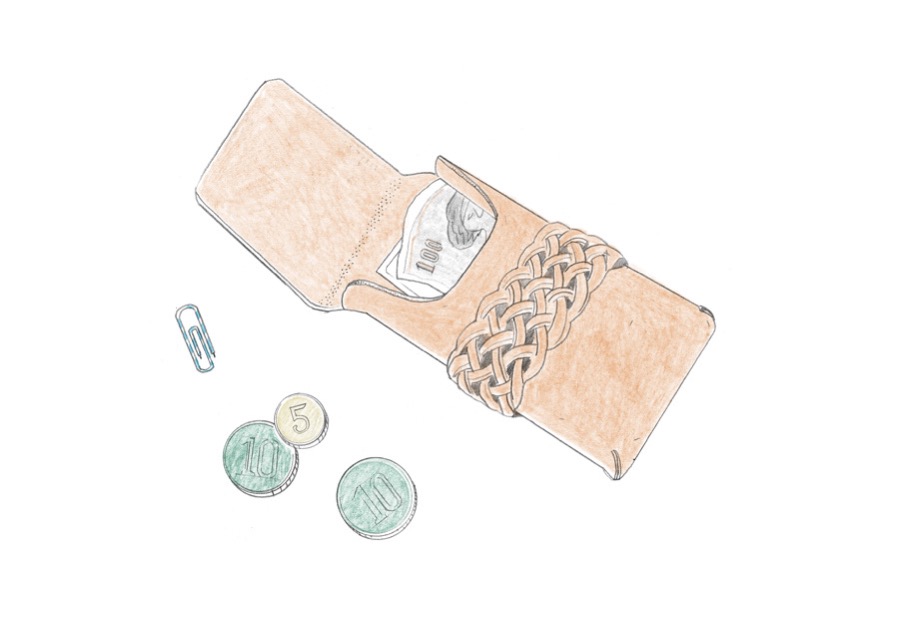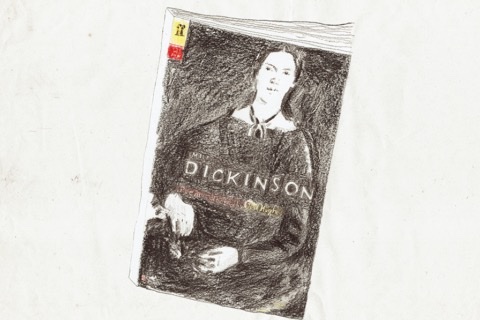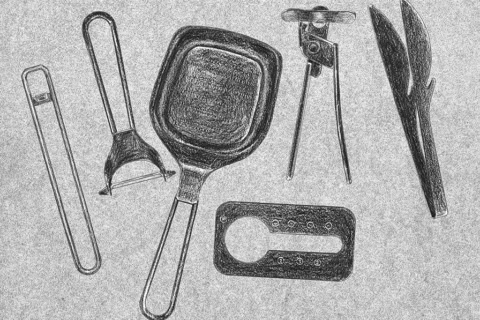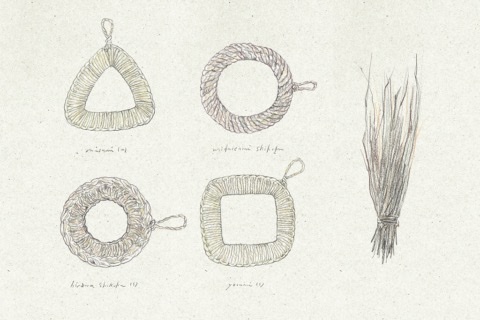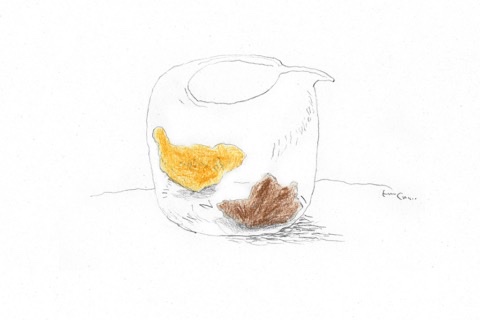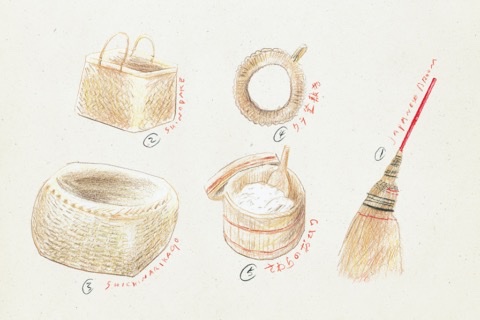
台灣是南島語族的一大發源地,計上政府前年追認的族群,島上就已經有16支原住民族。其中,座落在花東縱谷平原和海岸一帶的,是人數最多的原住民族「阿美族」。但儘管人口眾多,然而阿美族古老淳樸的生活,終究敵不過外來文化、現代化的衝擊;部落的衰弱與凋零,已是當今台灣社會的當務之急。
前些年,就有一群飄泊城市的阿美族藝術家,特意回到了他們在花蓮的港口部落,想為自己的族人和傳統的存續做一點事情。
「嘎瑪魯岸」(Kamaro’an),是阿美族語「住的地方」的意思,顧明思義「Kamaro’an」就是以阿美族傳統為出發點,一個生產傢俱、傢品的生活品牌。在他們家的網站頁面上,註明了品牌的設計均取材自部落本有之藝術創作,至於其生產作業的過程,則是由落部出身的藝術家擔綱設計,再發包給部落裡技巧嫻熟的婦女、老人以手工方式製作。
上面這個名片包,來自Kamaro’an的「Weaving」系列。裸色的植鞣皮革,處理得光滑平坦的表面,其簡約的設計,也讓居中的編織工藝更形突出。這種「一織到底」的織法,向來是阿美族的得意技藝,而換上皮革作編織物料,使設計感更趨向統一,品質也更耐用。
話說回來在阿美族的編織傳統上,他們其實只用這三種材料編織——竹子、月桃、黃藤,是後來台灣政府祭出「森林法」不得隨意砍伐和採摘,阿美族的編織傳統才難以維繫。而「Weaving」之用上皮革作為編織材料,除了是設計考量,也同樣是為配合黃藤來源量不足,權宜之下作出的計策。有時候在文化保存與活化的議題面前,設計師功用再大,好像也只能夠是補闕掛漏而已。
Taiwan is one of the major places of origins of Austronesian peoples. There are a total of 16 known indigenous peoples on the island including those the Government of Taiwan recognized just two years ago. Among them, the Amis, who reside along the coast and in the plains of Huatung Valley, are the most populated. Despite their large population, their simple and old lifestyle are struggling to survive in the face of the impact from foreign cultures and modernization. The tribe’s deterioration and decline has become a pressing matter in the Taiwanese society.
A few years earlier, a group of Amis artists who have outflowed to the cities returned to their Mukuta’ay village in Hualian in the hopes of contributing to their people and to the survival of their traditions.
“Kamaro’an” means “the place to live” in the Amis language, and as its name suggests, Kamaro’an is a lifestyle brand of furniture and household products which uses the Amis traditions as their point of departure. On their homepage, it has been noted that all of their designs are inspired by tribal artists’ original works. While the designs are handled by tribal artists, the production itself has been outsourced to local women and the elderly who craft the products with their deft hands.
The card case shown above comes from Kamaro’an’s Weaving Series. The vegetable tanned leather in nude color; the shiny and smooth surface; and its simplistic design – thanks to all these elements, the weaving techniques can shine through. The Amis have always excelled at “weaving in one-go”, and coupled with the use of leather as the weaving material, the designs have become even more consistent, and the products more durable.
In fact, the Amis traditionally only used three kinds of materials for weaving, namely bamboo, shell ginger and rattan. However, after the Government of Taiwan enacted the Forest Law that prohibits people from cutting trees as well as picking and collecting, it has become difficult to maintain and pass on Amis’ weaving traditions. That the “Weaving Series” has used leather as the weaving material is a decision improvised after taking into consideration the designs, as well as the shortage of rattan. At times, when it comes to preserving and revitalizing cultures, regardless of how capable the designers are, the most they can do, it seems, is to fill cracks and give remedies.
